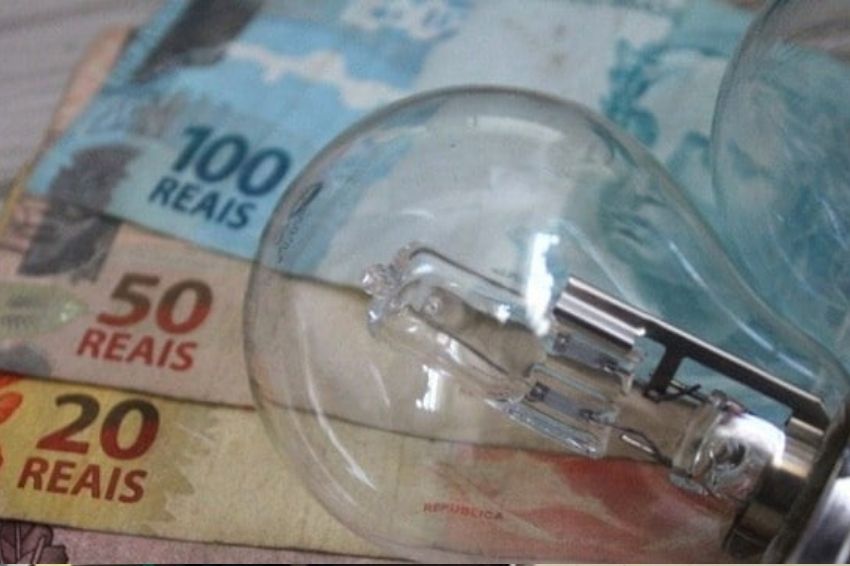The country's main concessionaires were unanimous in requesting a new adjustment to the value of the red tariff flag, at level 2, in a public consultation carried out by ANEEL (National Electric Energy Agency).
During the month of June, energy distribution companies presented their contributions to the consultation at the request of the Agency and stated that they were in favor of increasing the value of the extra charge to R$ 11.50 for every 100 kWh consumed. The current value is at R$ 9.49.
The increase was suggested by the following distributors: Abradee (Brazilian Association of Electric Energy Distributors), Amazonas Energia, Cemig (Companhia Energética de Minas Gerais), Copel (Companhia Paranaense de Energia), CPFL Energia, EDP Brasil, Enel, Equatorial Energia and Neoenergy.
In addition to them, there were cases of entities that asked for an even higher value, such as Celesc (Centrais Elétricas de Santa Catarina), which suggested R$ 11.80. Grupo Energisa, in turn, did not specify the value it considers ideal, but was in favor of the exceptional adjustment.
All favorable companies claim that the increase is necessary due to the exceptional situation arising from the scarcity of water resources in the main Brazilian reservoirs. However, some of them went further.
Celesc, for example, claimed that adjusting the value of flags can avoid extra financial costs for the consumer. “Flags can be an instrument that benefits consumers by avoiding the payment of price adjustments and also by providing more appropriate price signaling at the time of consumption, avoiding backlogs”, highlighted the distributor.
Procon and other entities are against the increase
Contrary to what the large energy concessionaires think, groups representing the consumer category took a stance against the increase in tariff flags. The entities, in general, still criticized ANEEL.
Procon-SP said it was against the Agency's stance of opting to pass on the costs of energy generation to the final consumer, since “the constant increases bring financial impacts that may result in the impossibility of paying invoices, especially harming the most vulnerable population”, he highlighted.
The consumer protection body also proposed that, instead of increasing the value of the extra tariff, ANEEL and other concessionaires should, in fact, be more concerned with supporting the diversification of the national electrical potential “through the exploration of other energy sources , with little or no environmental impact, such as solar, wind and hydraulic power”, he highlighted.
The same argument was defended by ABGD (Brazilian Association of Distributed Generation). “Such diversification in the electrical energy generation matrix brings numerous benefits to the electrical sector, which no longer depends essentially on a single generation source”, highlighted the entity, referring to Brazil's energy dependence on hydroelectric plants.
New increase?
If ANEEL chooses to increase the value of the red tariff flag, at level 2, to R$ 11.50, this will be the fourth increase in Brazilian consumers' electricity bills in 2021.
In January, when the flag in force in the country was yellow, the extra energy charge was R$ 1.34 for every 100 kWh consumed. The value remained stagnant until April 30, when the first increase was announced, with the activation of the red flag, at level 1, at the cost of R$ 4.16 for every 100 kWh.
Read too: High electricity bills will boost the solar energy market
About a month later, on May 28, came the second increase in bills across the country, with the tariff flag changing levels: going from red 1 to red 2, the most expensive of all. The new value rose to R$ 6.24 for every 100 kWh.
The third and, for now, last increase occurred on June 29, with the announcement of an increase of 52% in relation to the value that had been previously practiced. The increase was made by ANEEL days after the entity approved the resolution that established a new table for the value of flags. The price rose to R$ 9.49.
Tariff flag
Created by ANEEL six years ago, the tariff flag is a system that applies an additional charge to the electricity bill whenever there is an increase in the cost of energy production in the country. The objective is to make the increase pay for the more intense use of thermoelectric plants and the operation is simple: the colors green, yellow or red (at levels 1 and 2) indicate whether the energy will cost more or less depending on the generation conditions .
When production at hydroelectric plants is favorable, the green flag is activated, without tariff increases. In bad conditions, the following flags may be activated: yellow, red 1 or red 2. It is worth remembering that the values are updated every year and take as a base calculation parameters such as: market estimates, inflation, projected volume of hydroelectric plants, history of operation of the SIN (National Interconnected System), in addition to the values and limits of the PLD (Difference Settlement Price).

















